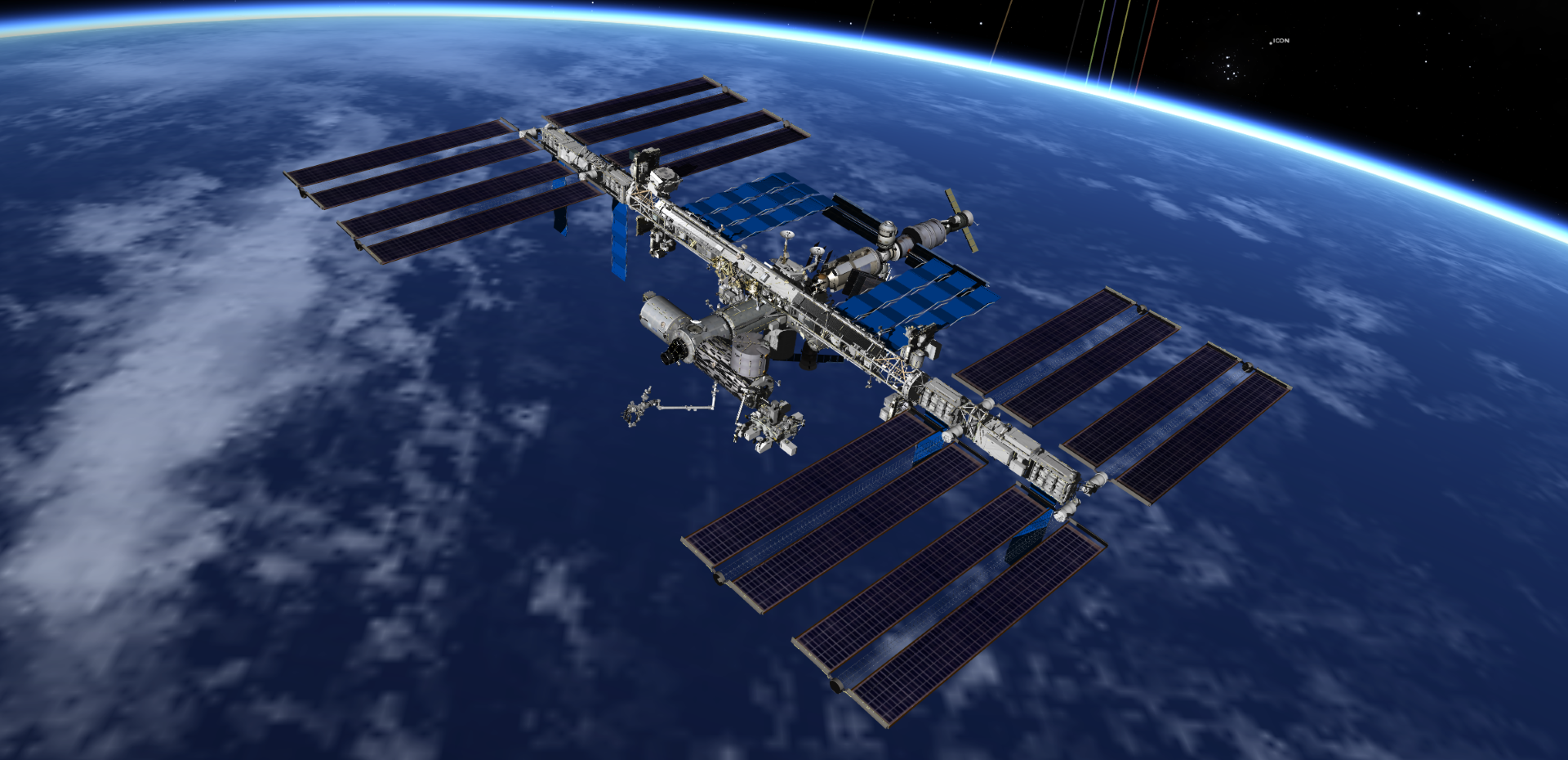
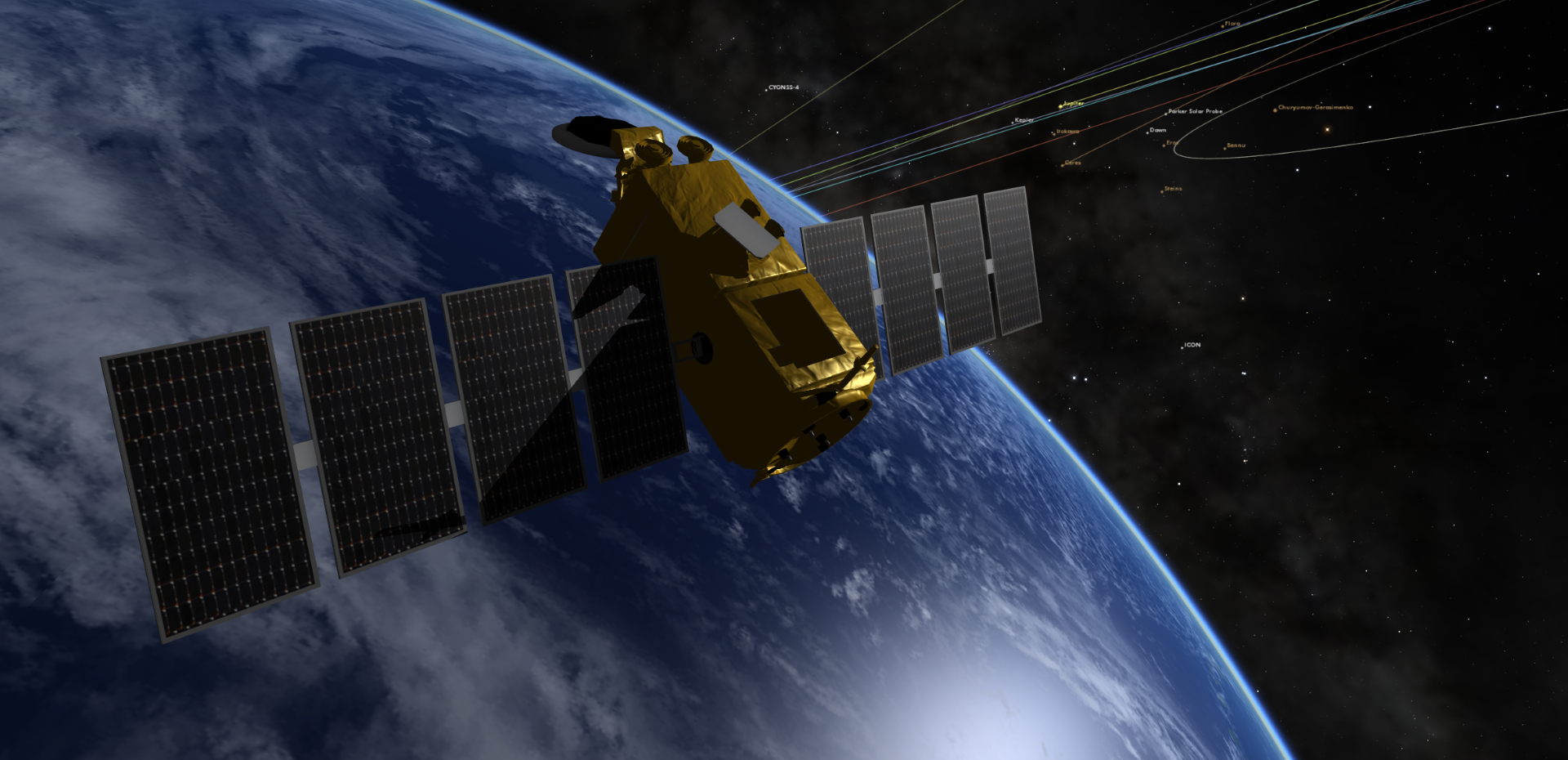
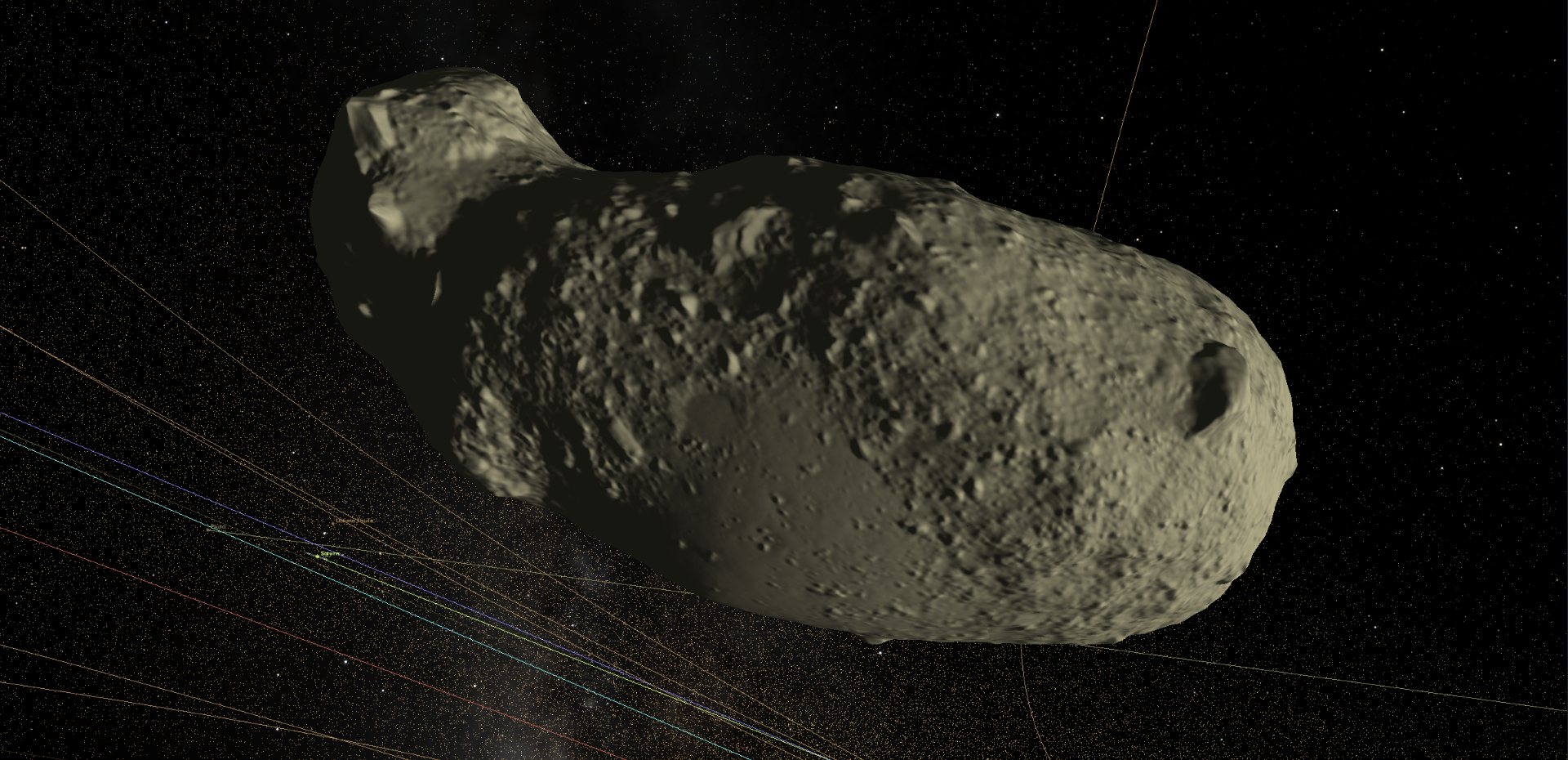

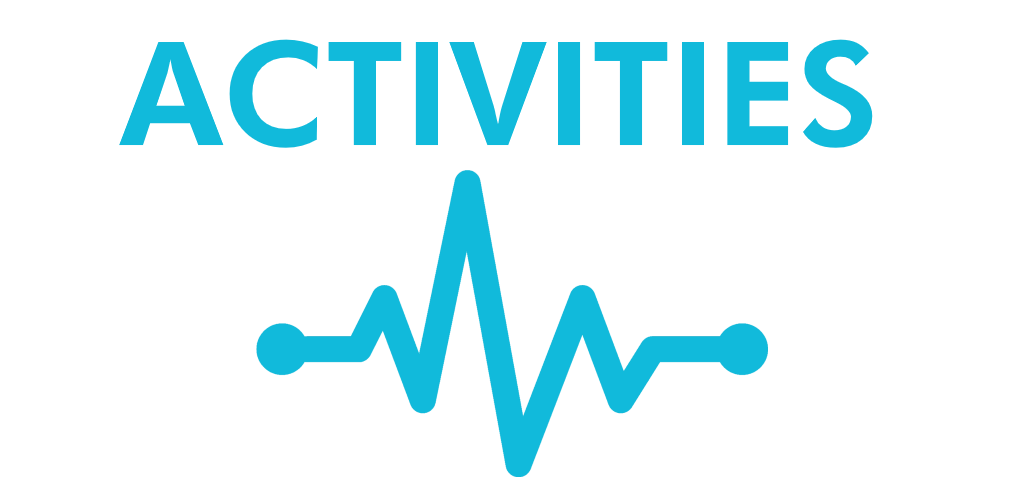








|
|
Standard Hardware and Software |
|
|
Latest Technology |
|
|
Little Maintenance |
|
|
Flexible Software Architecture |
|
|
Easy Migration to new Satellites |
|
|
Full Lifecycle Coverage |
|
|
Low Cost |
|
|
Complete TM/TC Functionality |
|
|
Sophisticated 3D Visualization |
|
|
Automatic Report Generation Capabilities |
|
|
Sophisticated Notifications (e.g. E-Mails, Phone Calls, FTP) |
|
|
Remote Access Interfaces |
|
|
Relational DBMS |
|
|
Security Profiles |
|
|
Database Standards |
|
|
Derived Parameter Language (DPL) |
|
|
Mimics Description Language (MDL) |
|
|
Telecommand Procedure Language (TPL) |
|
|
Packet Front-End Link Protocol (PFLP) |
|
|
Telemetry Parameter Exchange Protocol (TPEP) |
|
|
Memory Dumps Interface |
|
|
Automation Scripts Interface |
|
|
Automation Interface |
|
|
Database Interface |
|
|
Data I/O Interface |
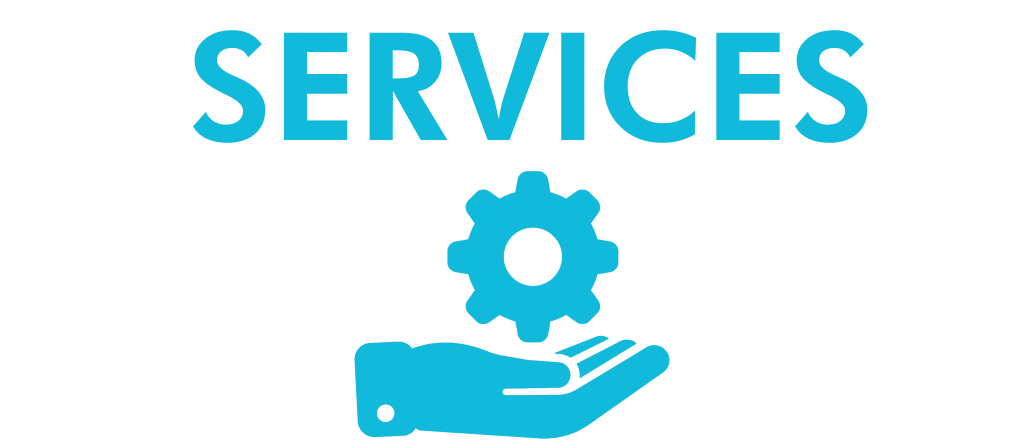
|
|
Application Development
|
||||||||||||||||
|
|
Consultancy Services
|


|
Minimum System Requirements:
|
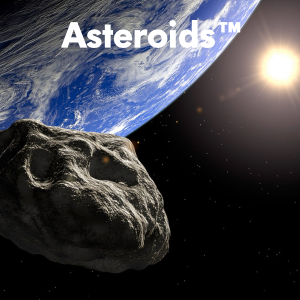
|
Minimum System Requirements:
|

|
Minimum System Requirements:
|
.png)
Minimum System Requirements:
|
